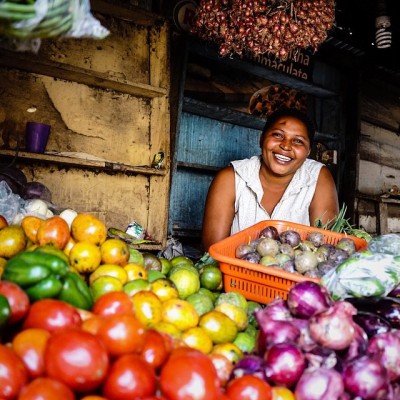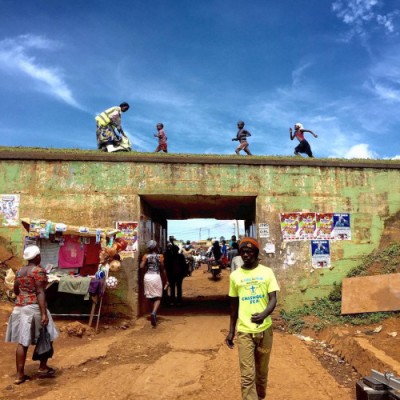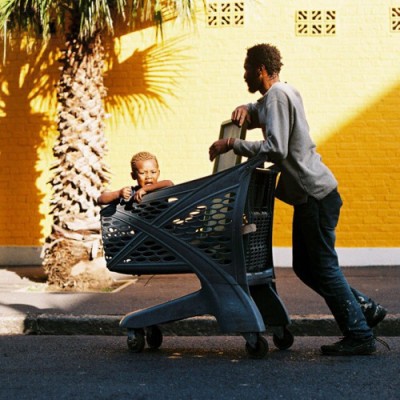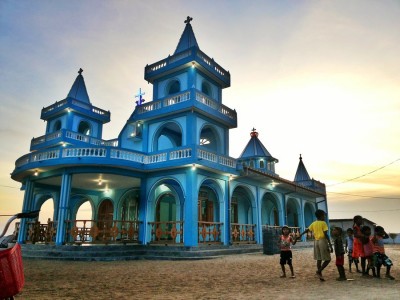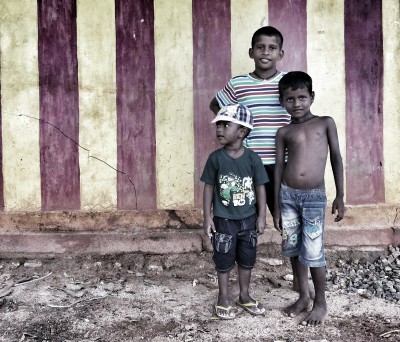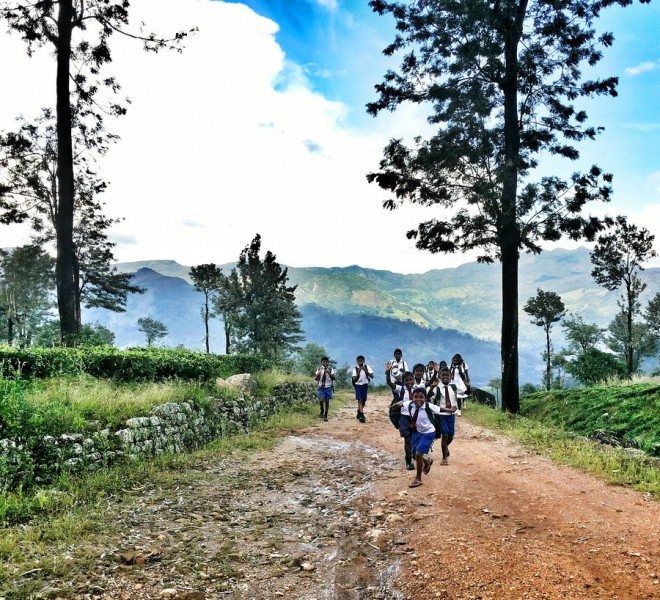
Photo by Benislos Thushan
To own a smart phone, to set the monochrome portrait of Steve Jobs as the wallpaper and to answer every call with a soulful smile listening to the ‘dreams on Fire’ composed by my ever time favorite composer A. R. Rahman, was a little wish I had. My financial state didn’t cite any possibility to own one in any time soon and the old Nokia C2-01 I had helped me to compliment the passion of shooting vendor by the street, children after school and couples chilling at the sun set. As October, 2013 was approaching an end, an unexpected news arrived at the corner that I was selected for the Digital Story Telling workshop organized by the American Centre of Sri Lanka. Being a part of the workshop completely refined my perspective on story telling while leaving an immense responsibility in the shoulder with a smart phone in the hand as the workshop came to end. The experience was simply inspiring, equipping and empowering and the transformation was tangible and the passion was felt.
A movement called Everyday Sri Lanka (@everydaysrilanka) was born to tell the stories of the Island Nation that has been divided across the ethnic, lingual and religious lines. The divisions among Sri Lanka has made this model aptly appealing within the nation itself since the grassroots are extensively divided geographically and historically and the movement could create an inclusive space for the divided communities to come together.
Everyday Sri Lanka was inspired from the model of Everyday Africa, an Instagram community of dedicated photographers and followers who have decided to shatter the stereotypes on Africa and let the world know how the everyday life looks like.
The inception of everyday Africa was quite unexpected. Peter, the founder of Everyday Africa was travelling with a fellow journalist Adam Merill at Ivory Coast and Ghana for a story on post-election violence and the turmoil in cocoa trade respectively in 2012. As they begin to capture the images for the coverage, Peter started capturing the candid moments alongside the assignment with his iPhone. He said, “We began shooting photos on our phones, very casually, and it occurred to us that those images felt much more familiar to us than the ones I was “professionally” shooting for the story we were there to tell.” Gradually they have begun with tumblr and moved onto Instagram in the handle @everydayafrica.
Having been brought up as a first hand victim through many stages of the war, having understood the role played by the media in nurturing the conflict and being a passionate youth who is daring to work for sustainable peace by eliminating the roots of conflicting through authentic reconciliation, I believe the introduction of new unbiased citizen lead movement for storytelling arrayed hope to create inter-ethnic dialogues, to foster understanding and mutual respect and to develop a sense of reality through images. Within few weeks since the inception of ‘everydyasrilanka’, story tellers from multi-diverse backgrounds came together with hope of contributing something special which the country has never seen then by far; a positive model and a constructive hopp. In addition, being a passionate youth committed to Reconciliation and Conflict Transformation on a grassroot level, tapping the potentials the platform had was indeed like finding a treasure. Because, wining over polarized media is a win at itself. “I think the media for a long time in Sri Lanka has been unfortunately subjugated by vested interests. This has caused a distorted a biased version of the news to be generated. We saw this especially in the post-war context as media freedom gradually became more and more curtailed. Reporting on events actively contributed towards emerging racism and religious intolerance in the country,” said Halik Azeez. Halik is a renowned Instagrammer from Sri Lanka and one of the active curators of Everyday Sri Lanka. He added that citizen journalism adds a much needed new dimension to how the news is covered, as it decentralizes journalistic power, the power to control the narrative.
Time demanded more for everydayafrica. “we found that a lot of our colleagues shared our frustrations with coverage of the continent and were excited to have an outlet for the day-to-day images. We migrated to Instagram (but kept the Tumblr too) to extend our reach, and things grew rather quickly. Now, we have nearly 30 photographers contributing to the project (the majority of those currently active are African, from DRC, Ghana, Egypt, Nigeria, South Africa, Tanzania) : a following of over 150,000 followers at time of writing.”
As the movement became more popular, new similar movements sprang all across . And ‘everyday srilanka’ is one of them. Peter added, “After Everyday Africa took off, in early 2014 we realized that a number of other “everyday” feeds were getting started. The first three that we connected with were Everyday Asia, Eastern Europe, and Middle East, and we promoted them and helped them get off the ground. Now, it is a global network, with many many more”. He added that in September 2014, about ten of instagrammers had an exhibition together at Photoville, an annual photography festival in New York. Their presence there was sponsored by Instagram, and it was the first time that a number of us, from the many different feeds, were able to come together.
As time passed by they realized that this model has so much more to offer. “We have shared our work with over 2,000 students in American classrooms, teaching about media stereotypes and visual literacy; and are publishing a book, due out in spring 2016.” In addition to the specific everyday movements, Everyday Everywhere is a new Instgram initiative that caters the best stories across the globe.
As ‘everyday’ movements continues to grow faster and wider, Everyday Sri Lanka as other movement continues to break the stereotypes and paint authentic pictures of everyday lives. “I believe stories of hope, optimism, and resilience which have the power to change lives and impact hearts. It’s all about how we see things,” saying me being a citizen and being a citizen journalist.
This story was produced in the 2015 SUSI program.


